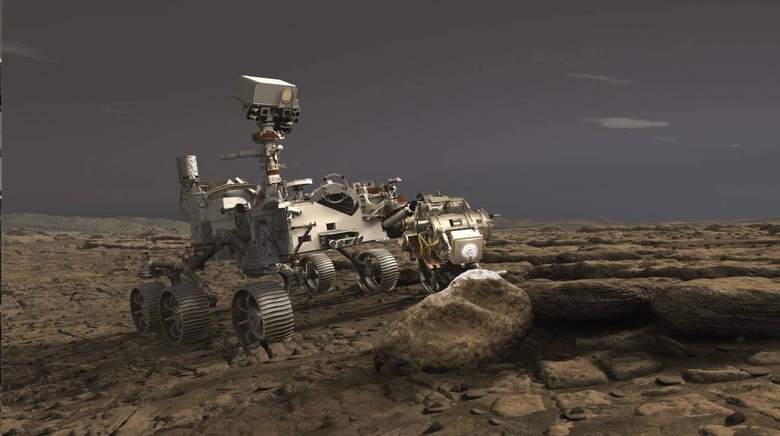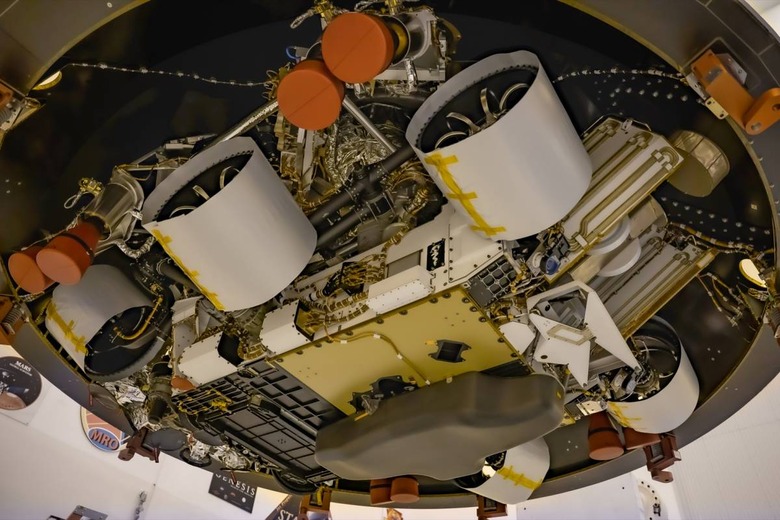The Countdown To Mars 2020 Is On - And NASA Can't Afford To Miss It
The deadline for NASA's upcoming Mars 2020 mission to launch is fast-approaching – and the US space agency isn't accepting the possibility of delay or defeat. In the pipeline for eight years now, Mars 2020 isn't short on challenges – including a parachute to land on the red planet's surface, a brand new experimental helicopter, and a whole new rover design – but the biggest is arguably the relation of Earth to NASA's destination.
While generally taken as being around 84 million miles, the reality is that the distance between Earth and Mars is constantly shifting. The orbits of the two planets around the Sun aren't identical: at their closest they're around 34 million miles apart. Furthest apart, however, the distance stretches to almost 250 million miles.
That obviously makes a big difference when you're trying to plan a trip between the two. NASA knew back in December 2012, when Mars 2020 was first announced, that it would only have a launch opportunity every 26 months. That gave it a very slim window in which to blast off.

Miss the window – which runs between July 20 and August 11 – and the Perseverance rover will have to wait until September 2022 before its next attempt. Even then, it won't be the closest point between Mars and Earth. The Mars 2020 rocket will travel 314 million miles before getting ready to touch down on February 18, 2021.
Planning ahead that way gives NASA's teams a better idea of what sort of lighting and temperature conditions there'll be on Mars when Perseverance starts its difficult descent under a complex parachute system. However there are some things NASA couldn't foresee, COVID-19 and a global pandemic being one of them.
It meant a change in how NASA operates, the space agency explains, including a lot more remote work. That's something other parts of the agency have been getting to grips with too. The team responsible for piloting the Curiosity rover already on Mars has been running it from home since March, in fact.

When it launches, Perseverance will take with it a new aluminum plate that depicts Earth and the medical community. "A line depicting a spacecraft's trajectory rises from Central Florida toward Mars," NASA explains, "represented as a small dot in the background." It's part of a tribute to the medical community as they battle the pandemic.
Once on Mars, there won't be much time to celebrate. Perseverance has numerous scientific tasks ahead of it, but one of the most important is prospecting for potential natural resources on the distant planet. They could be tapped for the upcoming crewed mission to Mars, which will follow NASA's establishment of a sustained human presence on and around the Moon by 2028.
